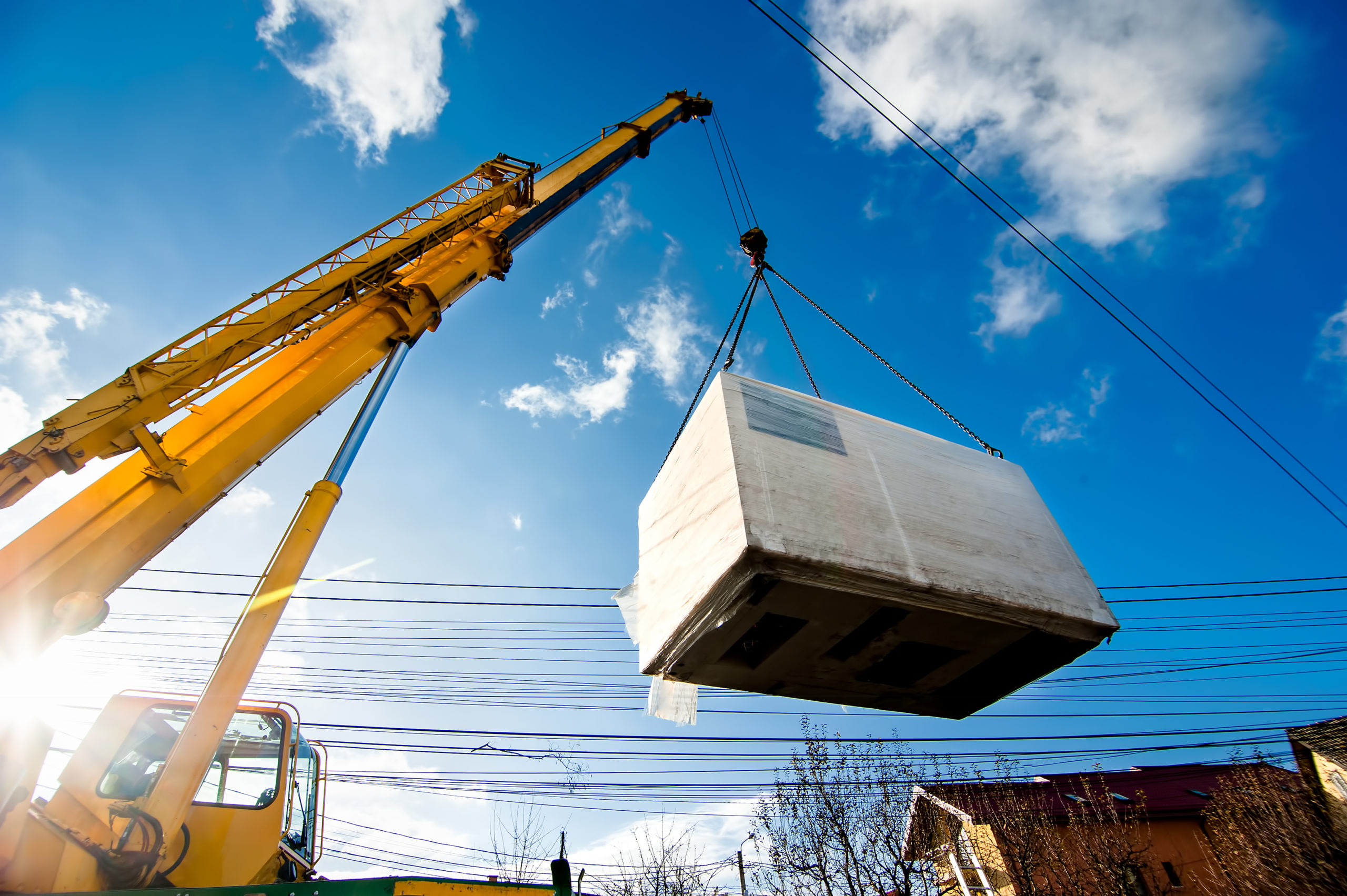Cranes are big pieces of equipment that are able to accomplish big tasks, but the implication of an error occurring during use is even bigger. Regular crane inspections not only ensure safety, but that your projects move forward without downtime. Brehob offers crane compliance inspections, done by our team of certified inspectors who are well-versed in state and federal guidelines and know exactly what to look for. That being said, many don’t know WHY crane inspections are important, WHAT the crane inspection regulations are, and HOW to know if they need an inspection.
Why Are Crane Inspections Important?
Cranes are used to tackle big work, and there’s no room for error. At Brehob, we always preach preventative maintenance and don’t just provide one-off solutions — we create long-term inspection plans for cranes to proactively address issues on the horizon. If an issue occurs during use it not only puts the operator in danger, but everyone else on the site in danger as well. Even if a crane malfunction didn’t put human lives at risk, it could slow down a project or even bring it to a complete halt, hurting your bottom line. The best time to inspect a crane isn’t after something goes wrong, it’s before.
What Are Crane Inspection Regulations?
The standard of safety for cranes is established by the Occupational Safety and Health Administration (OSHA). According to OSHA, there are three primary types of crane inspection: initial, frequent, and periodic.
Initial Inspection
Before the initial use of a crane, the following functions must first be tested, according to OSHA 1910.179(k)(1):
- Hoisting and lowering
- Trolley travel
- Bridge travel
- Limit switches, locking and safety devices
- Rated load test
- The trip setting of hoist limit switches
Frequent Inspections
Frequent inspection should happen, well, frequently! OSHA determined that everything listed in OSHA 1910.179(j)(2) for frequent inspection should be checked for defects daily (some monthly). This includes, but is not limited to, items such as the hydraulic system, hooks, hoist chains, and rope on active cranes. For the full list, reference OSHA 1910.179(j)(2).
Periodic Inspections
Periodic inspections are designed to identify defects that are more prone to appear over time, and are associated with the long-term use of cranes. Factors to consider when undergoing a periodic inspection are listed in OSHA 1910.179(j)(3). These include more subtle, yet important forms of wear and tear, including but not limited to excessive chain stretch, cranes that have been idle for over a month, or deformities. For a full list, read OSHA 1910.179(j)(3).
These are only some of the OSHA regulations regarding crane operations — there’s a lot more where that came from. To ensure that all of your bases are covered, it’s recommended that an expert takes a look at your machines. At Brehob, our certified crane inspectors are top-notch, and our line card is extensive — we inspect everything from Columbus McKinnon to Gorbel, so you don’t have to worry about anything being overlooked.
How Do You Know If You Need A Crane compliance Inspection?
There are many factors that determine if you might need a crane compliance inspection to ensure your crane meets regulations. The minimum requirement is that your crane is inspected annually by a certified inspector. Other indicators that you’re ready for inspection include:
- Crane activity
- Severity of service
- Environment
- Exposure to wear
- Deterioration
- Malfunction
If you are trying to determine whether or not your crane needs a crane compliance inspection, give Brehob a call. Our certified specialists can inspect and provide you with recommendations on how to meet OSHA regulations and improve your operations. Give us a call today at 317-820-2718.
